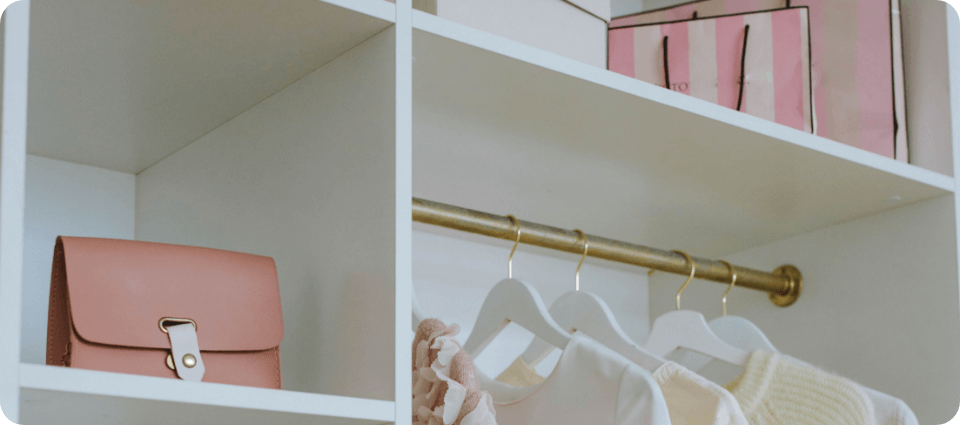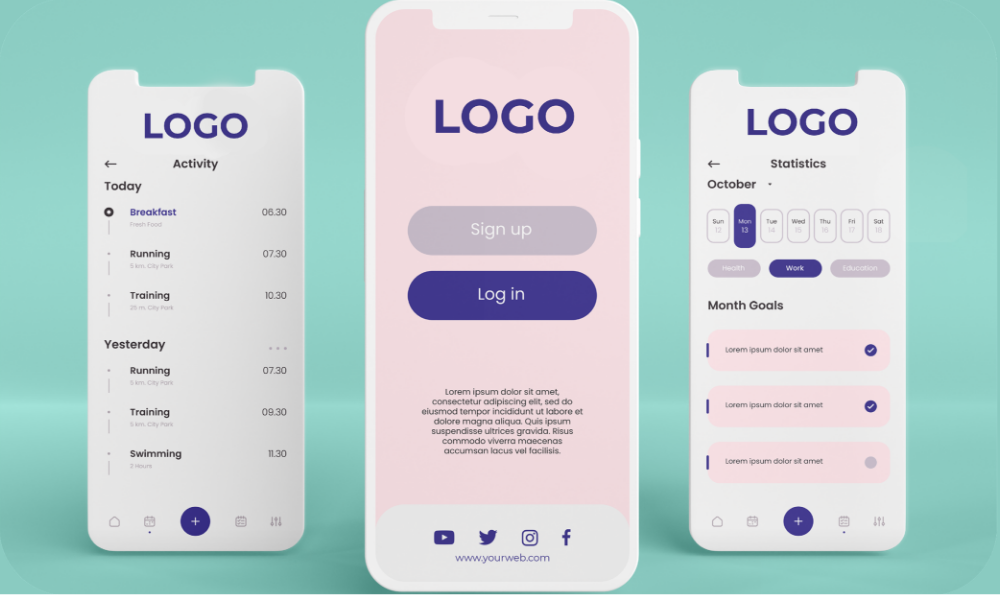
Capsule Wardrobe Checklist: Creating a Capsule Wardrobe That Lasts
What is a capsule wardrobe?
The aim of a capsule wardrobe is to have an outfit that is suitable for every occasion, using mixing and matching techniques with a minimal amount of clothing and accessory items. With a capsule wardrobe, you can create entire looks using just a few foundational pieces of clothing.
Depending on your lifestyle needs, you can create separate capsule wardrobes for business and for leisure. Of course, the goal when creating a capsule wardrobe is functionality, using crossover techniques so that one capsule wardrobe is functional enough for both corporate and weekend looks.
The key is to be considerate when shopping for new wardrobe items and to focus on purchasing multi-functional pieces that can be worn in different ways for different occasions.
Before you buy anything, it’s a good idea to plan your capsule wardrobe and make a note of what you already have. This will provide you with a clear idea of what your wardrobe is missing before making any purchases.
What do you need to create a capsule wardrobe?
1. Basics
Basic items are the necessities that you’ll need to make your capsule wardrobe functional. They can be anything from simple dress pants or tailored trousers to a good pair of denim jeans and a plain white T-shirt.
2. Interesting items
A capsule wardrobe also needs items that create interest in your outfit and feature design details like patterns and print. Examples are a striped shirt or floral print top.
3. Statement pieces
These items are the standout pieces of your wardrobe, and they normally tie a whole outfit together. A statement piece will act as the focal point of your outfit.
4. Accessories
From shoes and scarves to hats and jewellery, accessories bring it all together. Your accessories can also be a focal point, but it is very important that the accessories you choose to incorporate make sense and fit the overall style and colour theme of your wardrobe.
Top tips for creating a capsule wardrobe
1. Plan ahead by utilising a capsule wardrobe checklist.
2. Think of your capsule wardrobe as building a collection.
3. Design a functional wardrobe that will have interchangeable items to wear for a full seven-day week.
Using the below illustrations as an example, you will see how you can separate a two-piece suit to provide more versatility and multiple outfit options.

4. Purchase items and colours that are complementary so that you can easily mix and match your items.
5. Ensure that the individual items are versatile enough so that you can use crossover techniques to wear the same items for weekends as well.
How to create a capsule wardrobe with colour
Keeping the above tips in mind, follow these next steps to create an efficient capsule wardrobe using colour.
1. Choose a base colour
You can choose any base colour for your capsule wardrobe. It can be black, denim or ivory, but it should mostly be a neutral colour. By keeping the colour selection simple, it will be easier to mix and match a variety of pieces.
Base colours: white, black, olive, taupe, beige, nude, camel, khaki, tan etc.
2. Choose complementary colours
Your complementary colours will serve as a contrast to your base colour. These colours can be neutral colours as well. For instance, if you choose black, white and nude as base colours, then your complementary colours could be camel, khaki, and tan.
3. Choose accent colours
Pink and red, yellow and green, blue and purple. Choose an accent colour that goes well with your base and complementary colours. For example, mustard and deep orange look beautiful with camel and khaki, and even tan.
4. Choose patterns and textures
Sequins, leather, lace and denim. These are the patterns and textures that you should consider when creating a capsule wardrobe. The patterns and textures that you choose should suit your personality type. For example, if you are a more casual dresser, you probably will not need anything with sequins in your wardrobe edit.

Remember, the key when using colour in your wardrobe is to apply the layering technique to create visual interest in your outfit.
Ideas and themes for your capsule wardrobe
When you’re editing your wardrobe, the capsuling process can be made easier by following a theme. You can choose one of the following concepts as a guide to simplify the process.
1. Minimalist wardrobe
The name says it all. The minimalist wardrobe is stripped to the most core basics. It is very similar to a modern approach and you will only need the essentials, most likely in a neutral colour palette.
2. Business capsule wardrobe
This is a more formal wardrobe, designed for work attire. You can choose an elegant professional style or a classic professional style. This will be dependent on the dress code of your company and profession.
3. Seasonal capsule wardrobe
You can also capsule your wardrobe according to season. With this type of capsule wardrobe, the focus is on the current season; the season’s colour trends and the basics that you will need for that season. Thanks to your capsule wardrobe checklist, you should already have a basic list that you constructed during your wardrobe planning, and then you only need to incorporate some additional seasonal trends. If your wardrobe edit already has a good foundation, you will only need to add a couple of “trend” items per season.
4. Multi-season wardrobe
Choose what suits you best. The seasonal wardrobe capsule and the multi-seasonal capsule are very similar except the multi-seasonal capsule is mostly made up of transitional items and all-year basics. Let’s say you have six items: the dressy white blouse, the basic denim jacket, the leather jacket, the fitted blazer, classic denim skinnies and your everyday black heel. Can you envision how these items can be utilised in both a summer and a winter wardrobe?
And there you have it, a beginner’s guide to building a capsule wardrobe. No matter what your lifestyle, creating a capsule wardrobe should give you the knowledge and confidence to dress so well that people take notice. As Oscar Wilde said, “You can never be overdressed or overeducated.”


